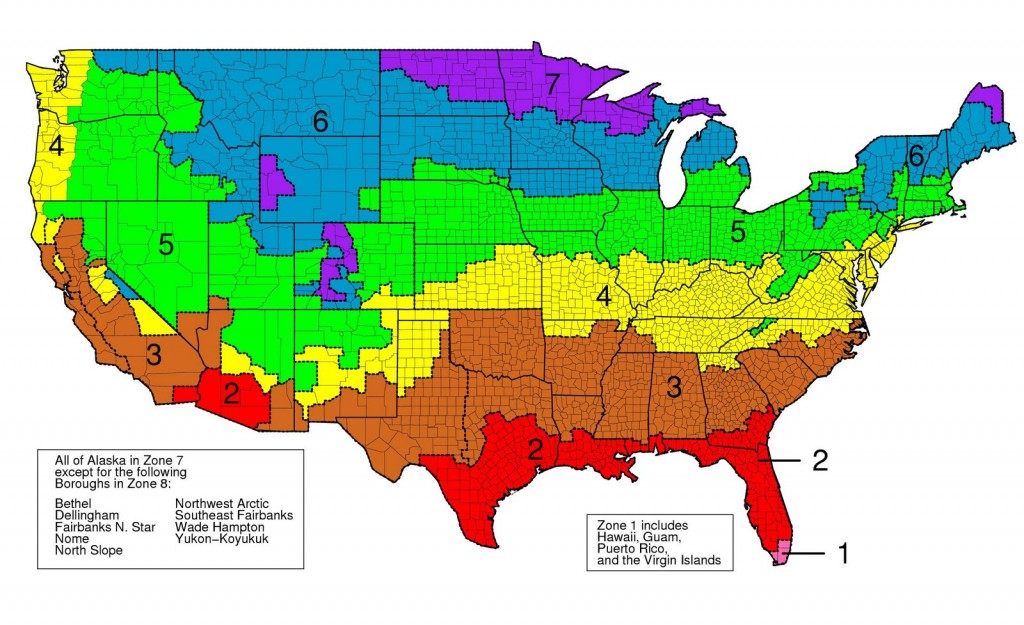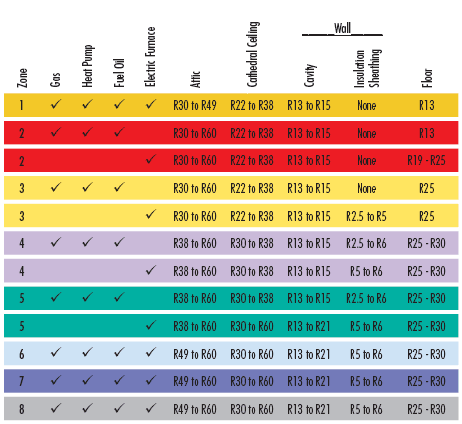But what is an R-value? R-value means resistance to heat flow. The higher the R-value, the greater the insulating power. Tiny air pockets trapped in the insulation resist the passage of heat—heat loss in winter and heat gain in summer. The thicker or more dense the insulation, the more air pockets and the higher the R-value.
Higher numbers indicate insulation that is more effective. Thermal values range from a low of R-4 to a high of R-45. The label on insulation gives its R-value. However, the R-value of insulation also depends on proper installation to avoid compressing it. Compressing insulation lowers its R-value. This is one of the reasons that here at DC Homes Pensacola we use 2×6 Construction. The Typical R-19 insulation is 6 inches in depth. Using cheaper 2×4 construction compresses insulation thus reducing its effectiveness.
So with that background in mind its important to understand that the U.S. Department of Energy outlines the recommended R-Values for each area of the country. For Pensacola, Florida homes an R-Value of 13 is considered the bare minimum. R-19 is recommended. Review the charts below for more information:


The U.S. Department of Energy gives R-13 insulation a designation of “good” for use in walls in southern regions of the country. In addition, you can use R-13 insulation in the floors of homes in those parts of the country as well as to insulate the basement walls of homes in any region of the nation, although the agency does rate R-19 as better for basement walls in northern areas.
Although the U.S. Department of Energy rates R-13 insulation as “good” for use in walls in southern areas of the country, it rates R-19 insulation higher, designating it as “great.” That is because R-19 insulation provides more thermal insulation than R-13 does. Moreover, it rates the R-19 insulation as “good” for use in walls in northern regions while not recommending the use of R-13 in walls in those colder regions.






